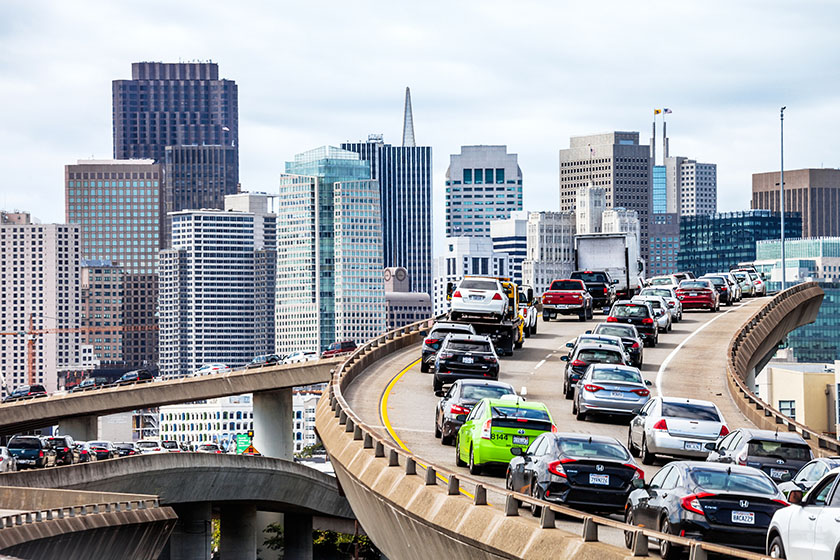New Year’s Eve driving behavior trends 2025 Read article


The conversation around the need for safer roads is starting to sound like a broken record. Year after year, U.S. crash statistics are released, government and industry discuss the need for safer roads. But not much progress is made.
This year, we hope to break that cycle and accelerate efforts to create safer roads and therefore, safer cities. But how?
Traffic and collision data can play a key role in helping government agencies, transportation planners, and transportation engineers make significant strides in their safety strategies. Here’s how:
For years, cities and DOTs have relied primarily on roadside devices to support infrastructure-related decisions. But while traffic flow sensors do offer valuable insights, it’s hardly the full picture. It’s only a snapshot of commuter safety.
With mobility data – specifically mobile phone-based mobility data – cities are now able to better detect safety risks and uncover infrastructure needs to improve the lives of all commuters.
With the largest driving behavior database informed by decades of understanding insurance risk, Arity’s Mobility Intelligence insights can be used to produce the most complete picture of infrastructure safety to date.
Our Mobility Intelligence solutions can be used to uncover valuable insights that inform important infrastructure decisions. So, cities can take actions needed to not only reduce the number of crashes – which costed the U.S. $340 billion in 2019 – but also improve transportation overall.
With Driving Events, transportation engineers can unveil exactly where crashes are occurring most often and determine why.
Over the years, Arity has successfully identified tens of thousands of crashes. Combined with the rest of our Driving Events data, cities can unveil insights that identify what behaviors precede a crash such as phone handling, hard braking, extreme speeding, and more.
Our data can illuminate near misses and unreported collisions too, which are typically a missing piece of the puzzle – whether from crash-avoiding behaviors severe enough to look like a crash or a lack of reporting generally in a given area.
With these life-saving insights, engineers can correlate risk to existing infrastructure and then, in the future, prevent them in other areas where new designs are underway.


Similar to traffic flow sensors, connected car data alone can’t give cities the complete picture of their infrastructure and its safety. Rather, this data – if used on its own – could introduce some unintended bias when it comes to making key infrastructure decisions.
Connected car data mostly represents newer vehicles, while the average age of passenger cars in operation is over 12 years old – a number that’s been rising for the past five years.
This limits the data to only the portion of the population that can afford to purchase a newer vehicle, and then maintain an often paid subscription to connected car services such as roadside assistance.
With reported crashes continuing to decline, especially in underserved areas, it’s clear that cities are missing key inputs when designing safer roadways. Unbiased mobile phone-based mobility data can help overcome this roadblock to creating safer roads for everyone.
Our Mobility Intelligence solutions provide comprehensive mobility data at scale, enabling cities to measure driving behaviors and near-miss insights on all road types. With these key indicators, transportation planners and engineers can more accurately identify and prioritize the riskiest zones and implement solutions before accidents happen.